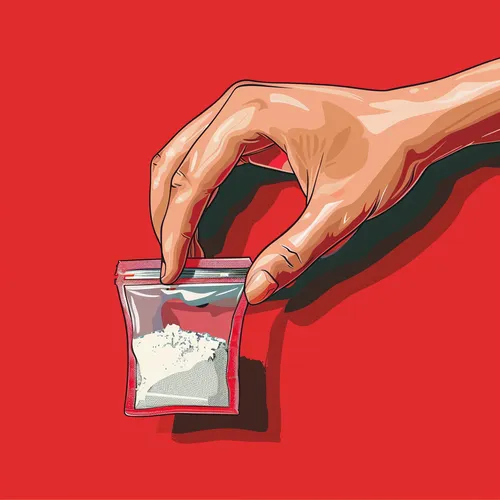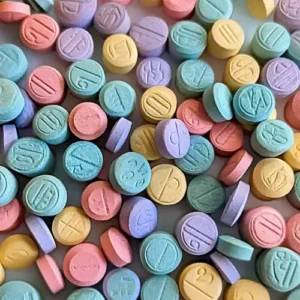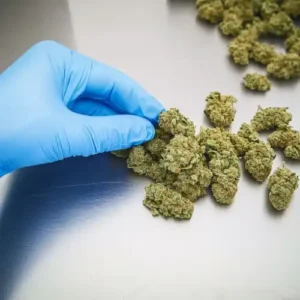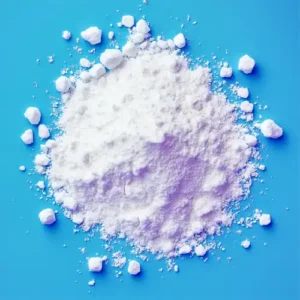Xylazine, also known as “tranq” or “tranq dope” when mixed with fentanyl or heroin, is a powerful animal tranquilliser that’s causing serious concern as an emerging threat in the U.S. illegal drug supply. Surprisingly, this sedative painkiller and muscle relaxant was never approved for human use due to the risk of severe central nervous system depression. So how did it end up on the streets?
A Veterinary Drug Turned Dangerous Adulterant
Originally developed back in the 1960s, xylazine was licensed strictly for veterinary medicine. Its analgesic, hypnotic and anaesthetic effects stem from its affinity for alpha-2 adrenergic receptors, similar to certain blood pressure meds like clonidine. But unlike those approved human drugs, xylazine packs a much more potent punch.
Overdosing on xylazine alone can be fatal, but the vast majority of recent OD cases have involved dangerous combinations with opioids, particularly fentanyl. The sedative effects of xylazine – slowed breathing and heart rate, lowered blood pressure – become even more lethal when mixed with the respiratory depression caused by opioids. It’s a recipe for disaster.
From Liquid to Powder: How Xylazine is Used
In its original form, xylazine is a liquid solution meant for injection. However, it can also be dried into a white or brown powder, allowing it to be taken in various ways:
- Intravenously
- Intramuscularly
- Intranasally (snorted)
- Orally
- Vaped
No matter the route, the effects kick in fast – we’re talking minutes – and can linger for 8 hours or more depending on the dose and whether other drugs are involved. That’s a long time for the body to be under such intense sedation.
Emergence in the UK: A Troubling Trend
While xylazine misuse hasn’t reached U.S. levels in the UK yet, there are concerning signs it’s gaining a foothold. The first xylazine-related death in the UK was reported in the West Midlands in May 2022. But by April 2024, researchers from King’s College London found the drug present not just in heroin, but also in counterfeit benzos, codeine and tramadol. In May 2024, traces of the drug were found in batches of ketamine in Manchester.
This suggests people are unwittingly taking xylazine, thinking they’re using other drugs. Whether the dealers even realise what they’re selling is unclear; the adulteration may be happening further up the supply chain. Regardless, it’s a troubling trend that warrants close monitoring and proactive measures to prevent a full-blown crisis.
Addressing the Xylazine Threat: A Multi-Pronged Approach
So what can be done to tackle this emerging xylazine problem? Education and awareness are key – harm reduction services need to inform drug users about the risks of xylazine contamination and how to recognise an overdose. The government has announced plans to make xylazine a Class C drug, but more can be done:
- Expand drug checking services to help users test their supply
- Provide xylazine test strips as a harm reduction tool
- Ensure clinicians can identify xylazine toxicity
- Offer comprehensive overdose response training beyond naloxone
- Improve access to addiction treatment and wound care for chronic users
- Collaborate internationally to cut off xylazine supply
Only by implementing these multi-faceted, proactive measures can we hope to curb the rising tide of xylazine abuse and prevent unnecessary deaths. The time to act is now, before this emerging threat escalates into a full-blown public health crisis.
Photo: “Xylazine” by Anthony Cunningham for Zoom Testing
Zoom Testing is a leading UK drug testing company and a supplier of Drug Test Kits.





